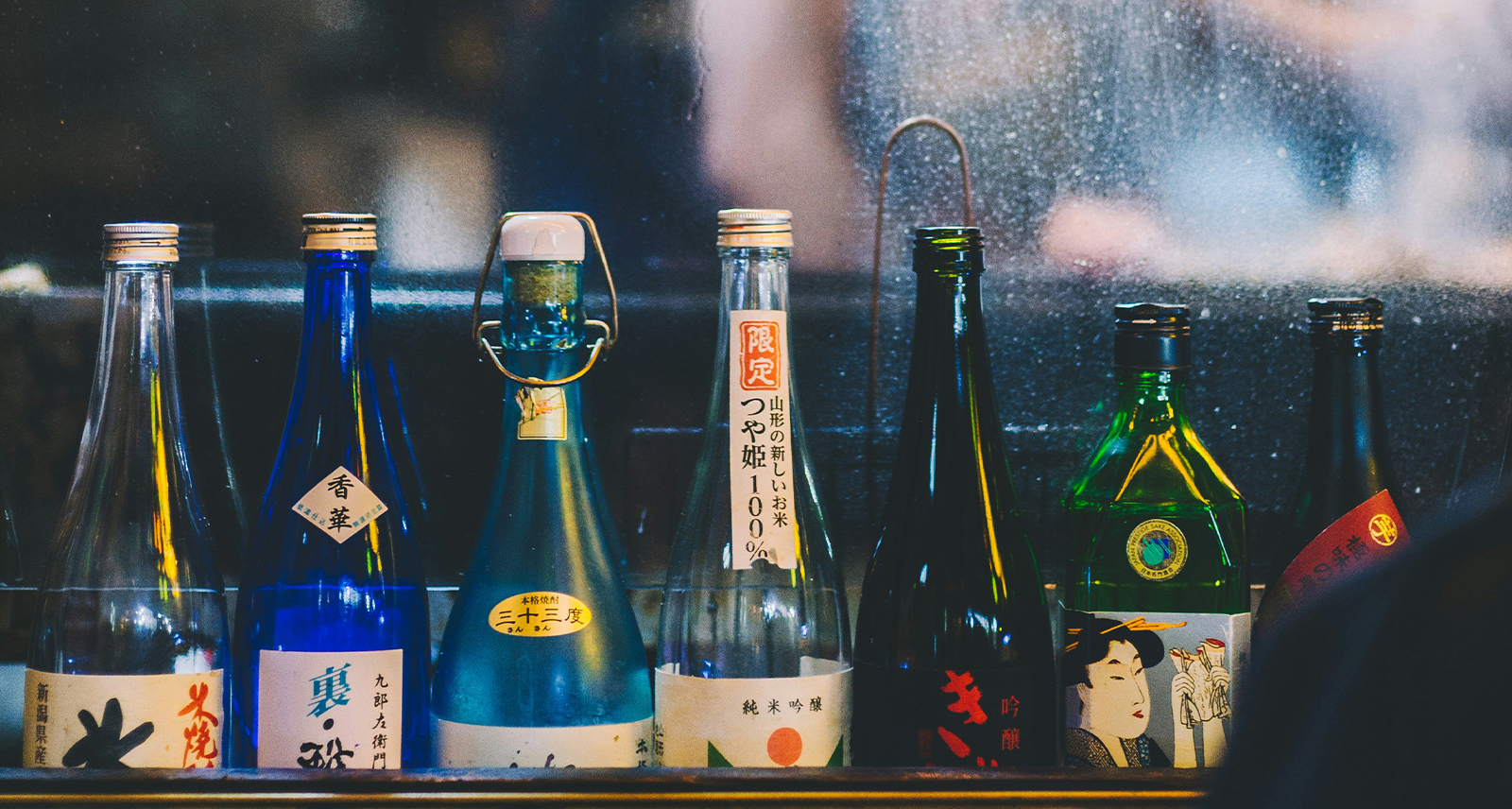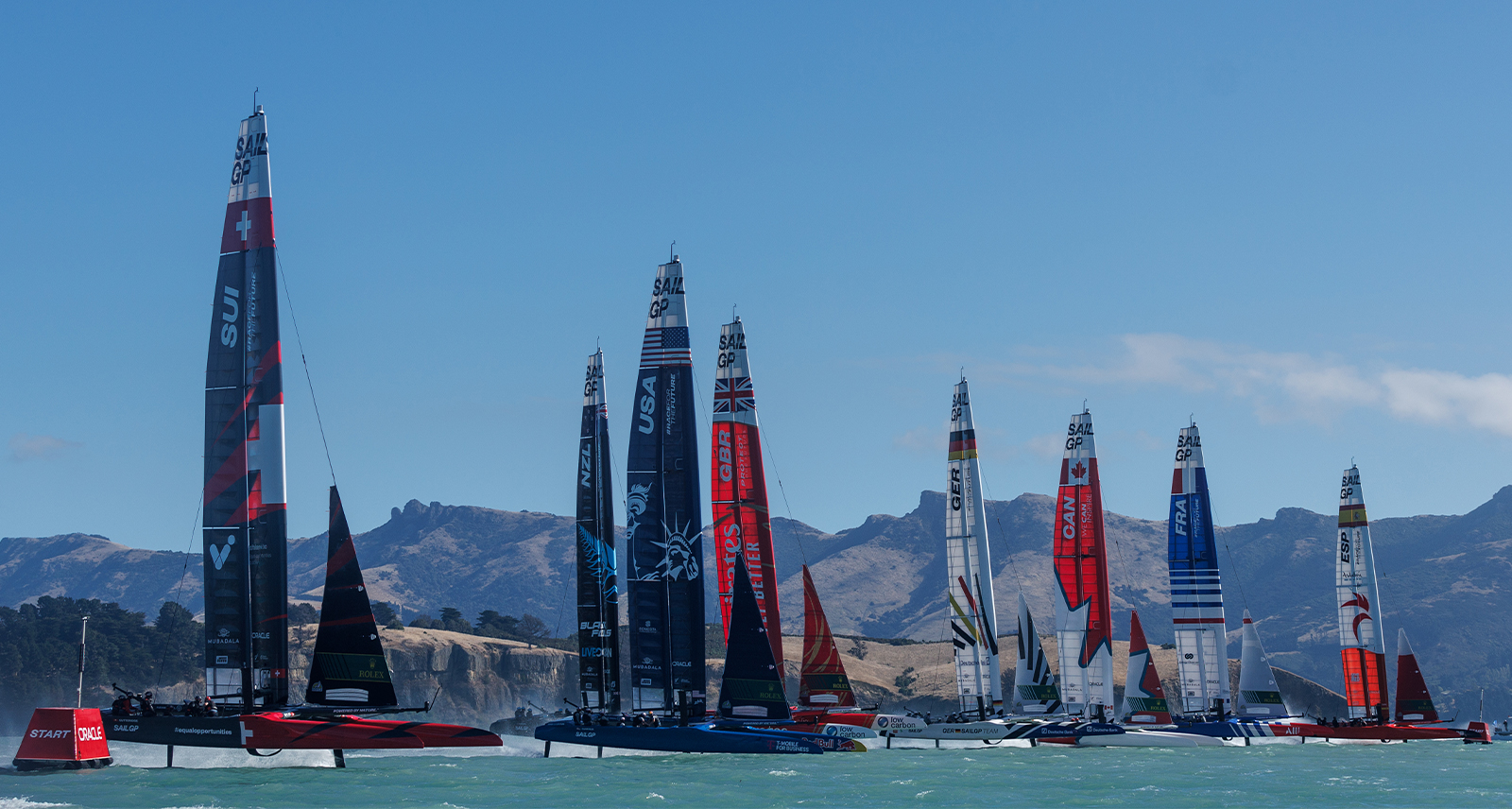Sake Experts Give Us Advice on the Rice
It’s time to clear some room in your cellar — because sake is having a moment. For years, the Japanese rice wine has been the sole preserve of specialist restaurants or dedicated bars. But, with Asian ingredients making a splash on the cocktail scene in 2024 (think lemongrass and kaffir lime, among others), it’s no surprise that sake is also enjoying an upswing. This increase in curiosity has seen a rise in demand and, as a result, there are finally enough outlets championing good sake that you can now buy a bottle or two for home.
But sake itself is also changing. In Japan, where the ancient craft of fermenting rice has been practiced for more than 2,000 years, recent innovations and tech-savvy strides in the wine’s production have given rise to experimental spins on the style, including aged, unfiltered, and fortified expressions. The category has even tempted wine industry heavyweight Richard Geoffroy, Dom Pérignon’s chef de cave of almost three decades, to up sticks from Champagne and start up his own sake brewery in Japan. Geoffroy’s fledgling brand, IWA 5, is a bid to introduce sake to the Western world proper, and convince conventional wine drinkers that it deserves a spot among their Cabernets and crémants.

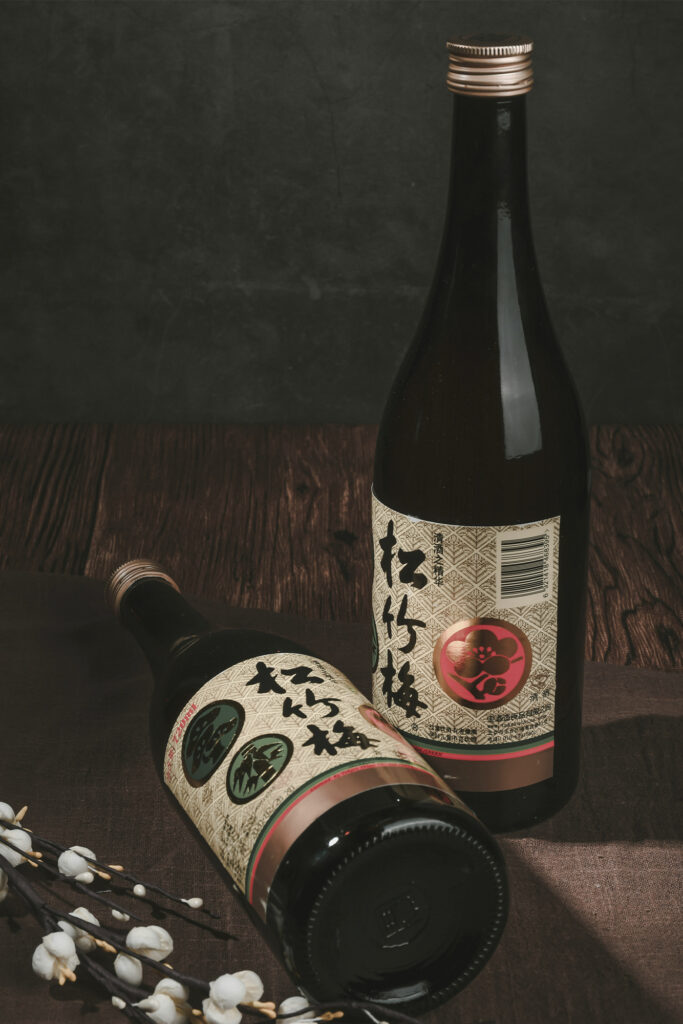
Sakes can be as diverse and distinct as grape-derived wines, says Charles-Antoine Picart, CEO of IWA 5. “It adds a versatile option to one’s drink repertoire,” Picart tells SHARP. “And investing in a bottle of sake for home enjoyment opens up a world of possibilities. It complements a wide range of cuisines, encouraging enthusiasts to experiment with unconventional food pairings.”
“Moreover,” he adds, “IWA offers a dynamic experience with temperature variations — from cold to room temperature to hot — each unveiling distinct facets of its carefully crafted assemblage.”
And IWA isn’t the only new name in sake. Thanks to the wine’s increasingly global appeal, breweries have started to spring up all over the world — even here in Canada. On Vancouver’s Granville Island, almost a dozen varieties of Osake-brand rice wine are being whipped up; in Ontario, Stuart Sakai runs Toronto’s Sakai Bar, which brims with more than 50 bottles of the stuff. And the key to choosing a good first bottle, Sakai tells us, is to educate yourself on the scope and subtleties of the style.
“My goal is always to empower and build on our customers’ experience, so when they go out to other restaurants, or even if they go to Japan, they’ve got some foundational understanding of what they’re drinking and what they enjoy.”
Stuart Sakai
“That’s why my goal is always to empower and build on our customers’ experience,” says Sakai. “So, when they go out to other restaurants, or even if they go to Japan, they’ve got some foundational understanding of what they’re drinking and what they enjoy.”
“And it’s definitely worth having a bottle of sake at home,” Sakai adds. “Its pairing potential is through the roof. But it does depend on the style, which is why it helps to have someone that knows something about it to sell it to you.”
So where to start? There are several different styles of sake — from Nigori to Namazake, Genshu to Ginjo — so, to whittle down your options, we asked three experts for their best first-time sake suggestions.
Masumi ‘Shiro White
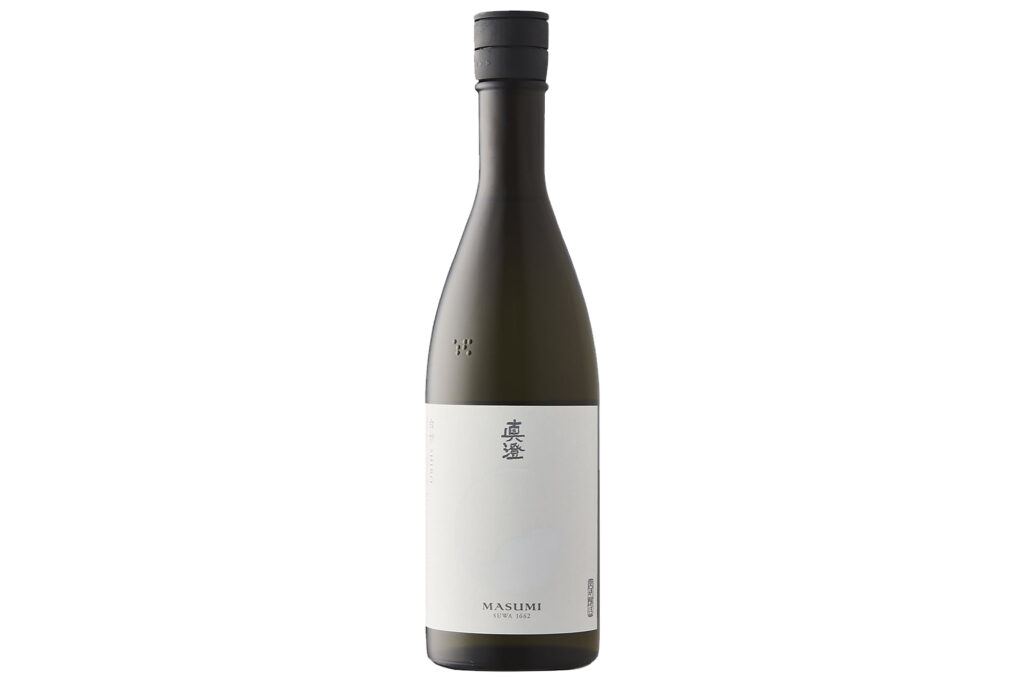
Learn More
Recommended by: Lorein ‘Lo’ Codiamat
“A great first bottle for someone’s home collection. It’s a bit more fruit forward at the beginning of the palate, and it ends with the sort of wonderful umami finish that many sake drinkers crave.” ($42)
Tengumai ‘Yamahai Nigori’
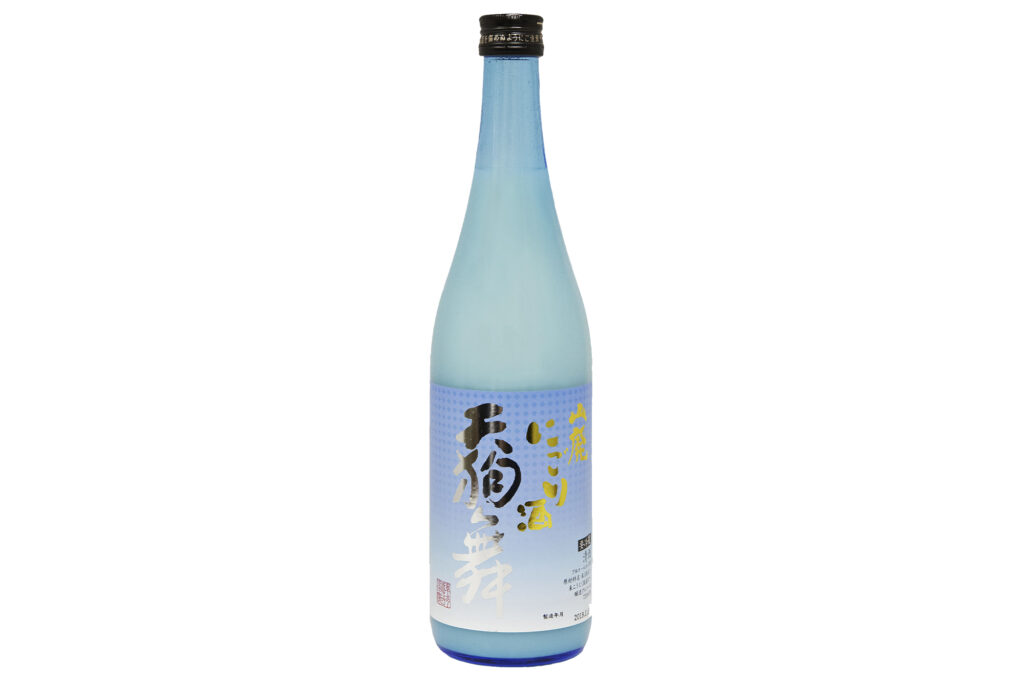
Learn More
Recommended by: Glenn Wesley
“Elegant and silky on the palate, with a bitter sweetness. Not everyone loves unfiltered sake, but for those willing to give it a chance, this is fun. Delicious with sashimi, BBQ, or cheese fondue.” ($45)
Yuki Otoko ‘Snowman Junmai’
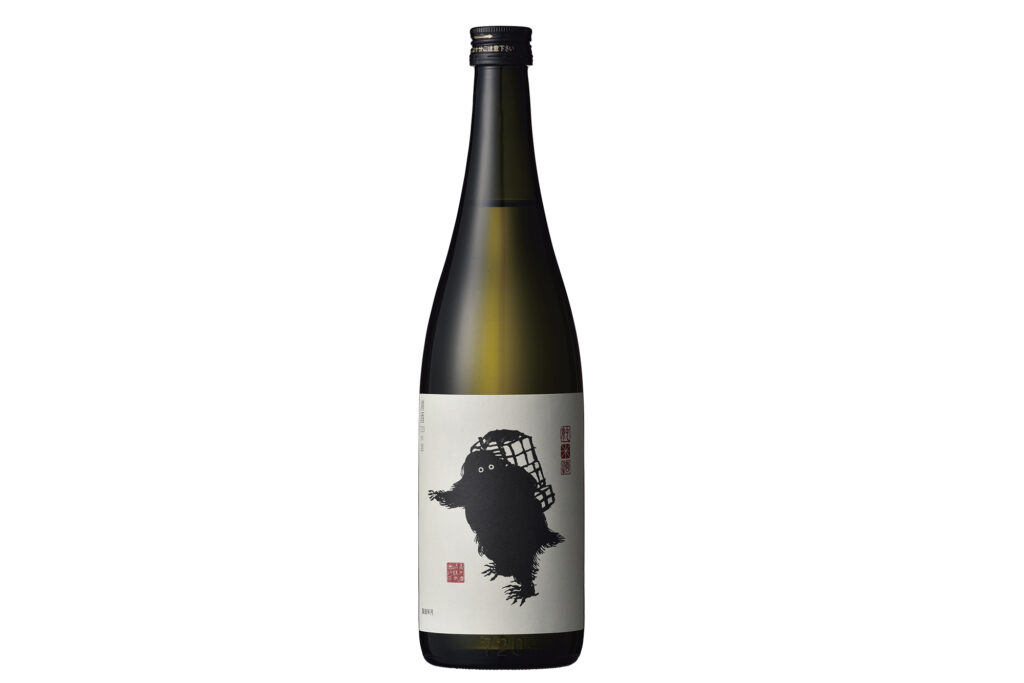
Learn More
Recommended by: Claude Lamonico
“A dry sake, but sweet — and the water is so soft that you don’t feel the dryness. There is no overpowering aroma to interfere with food. It’s really like rice, and humbly accompanies your meal.” ($55)
